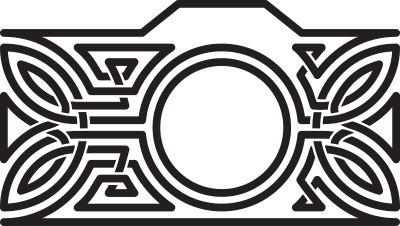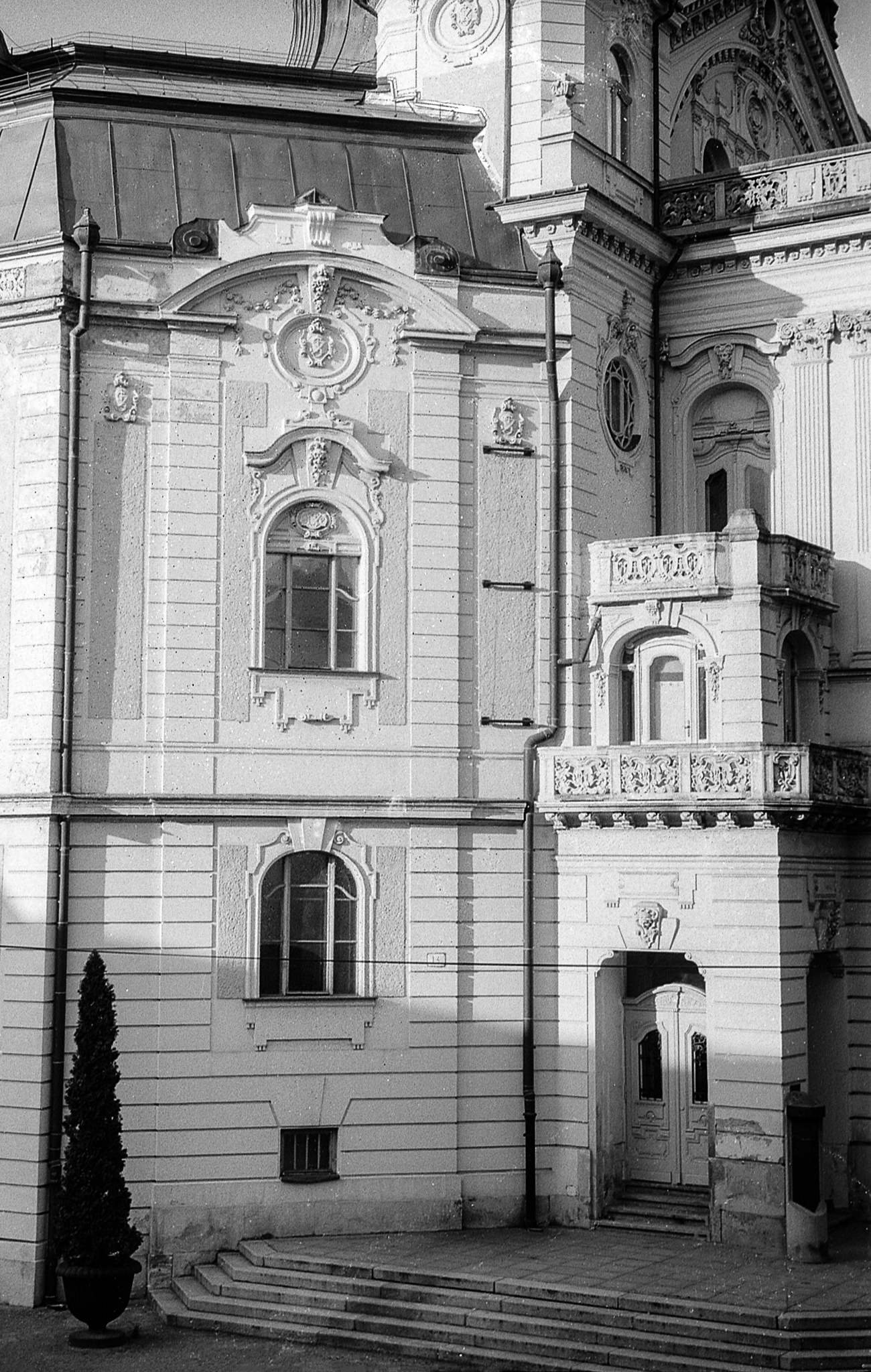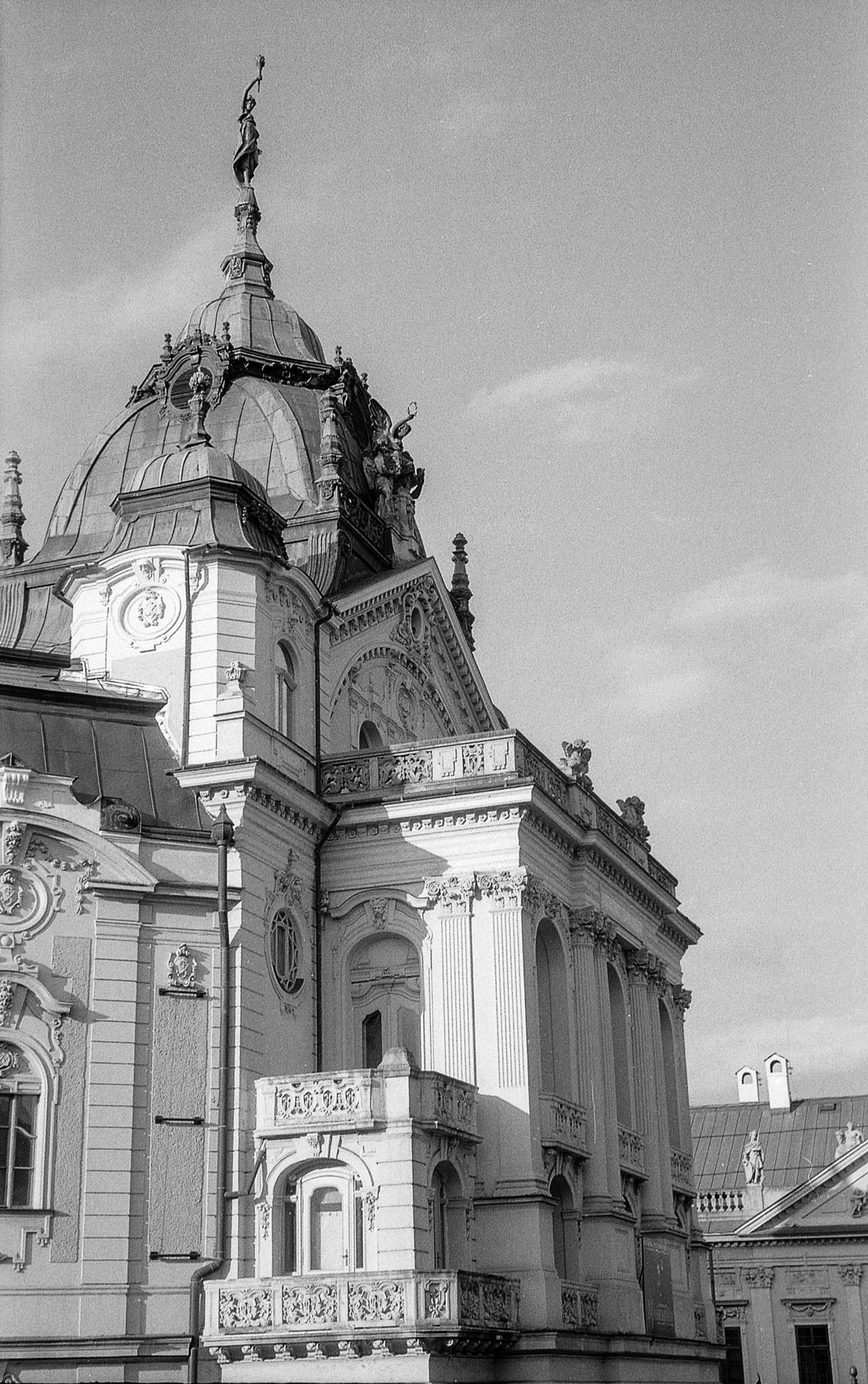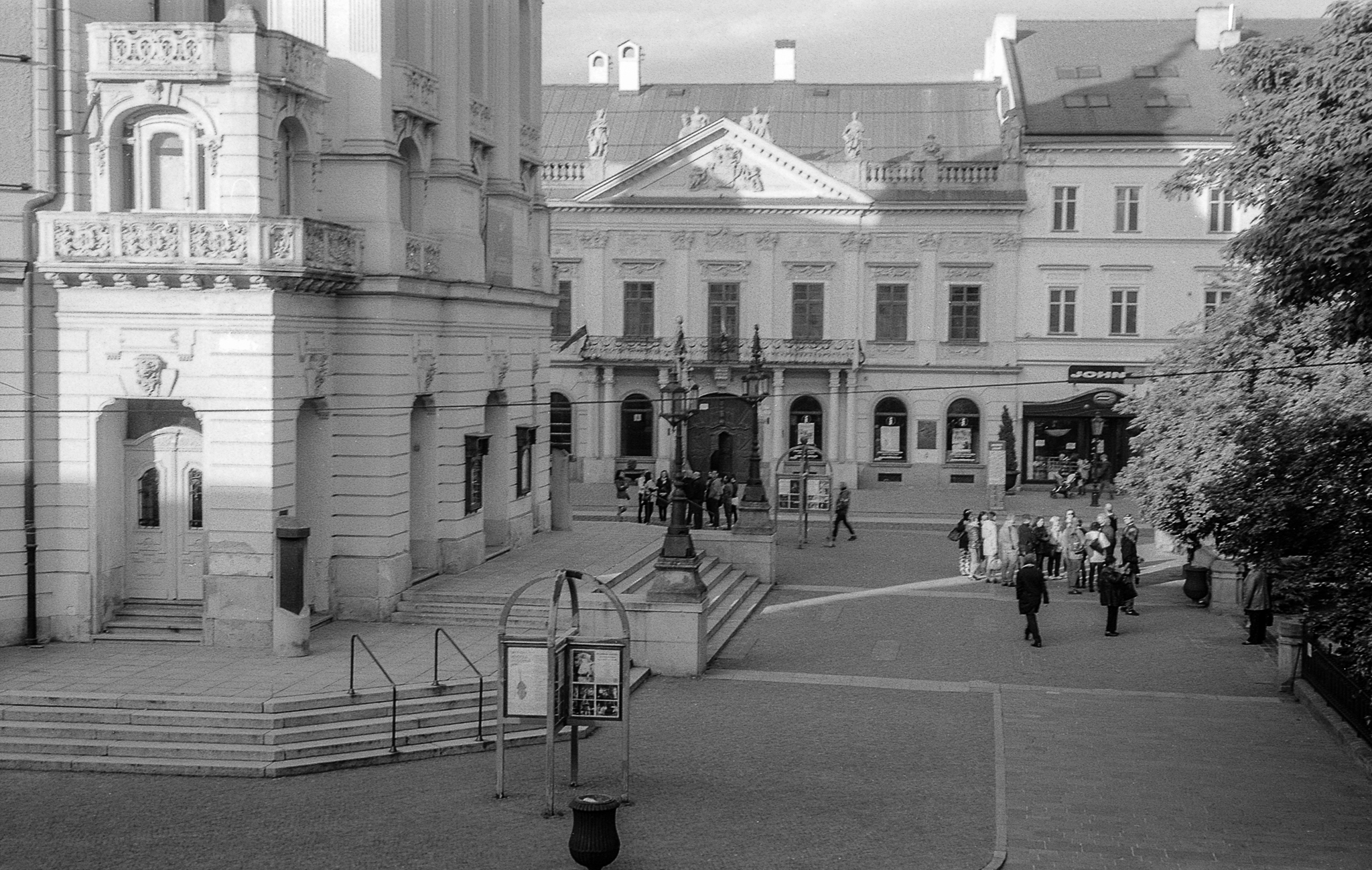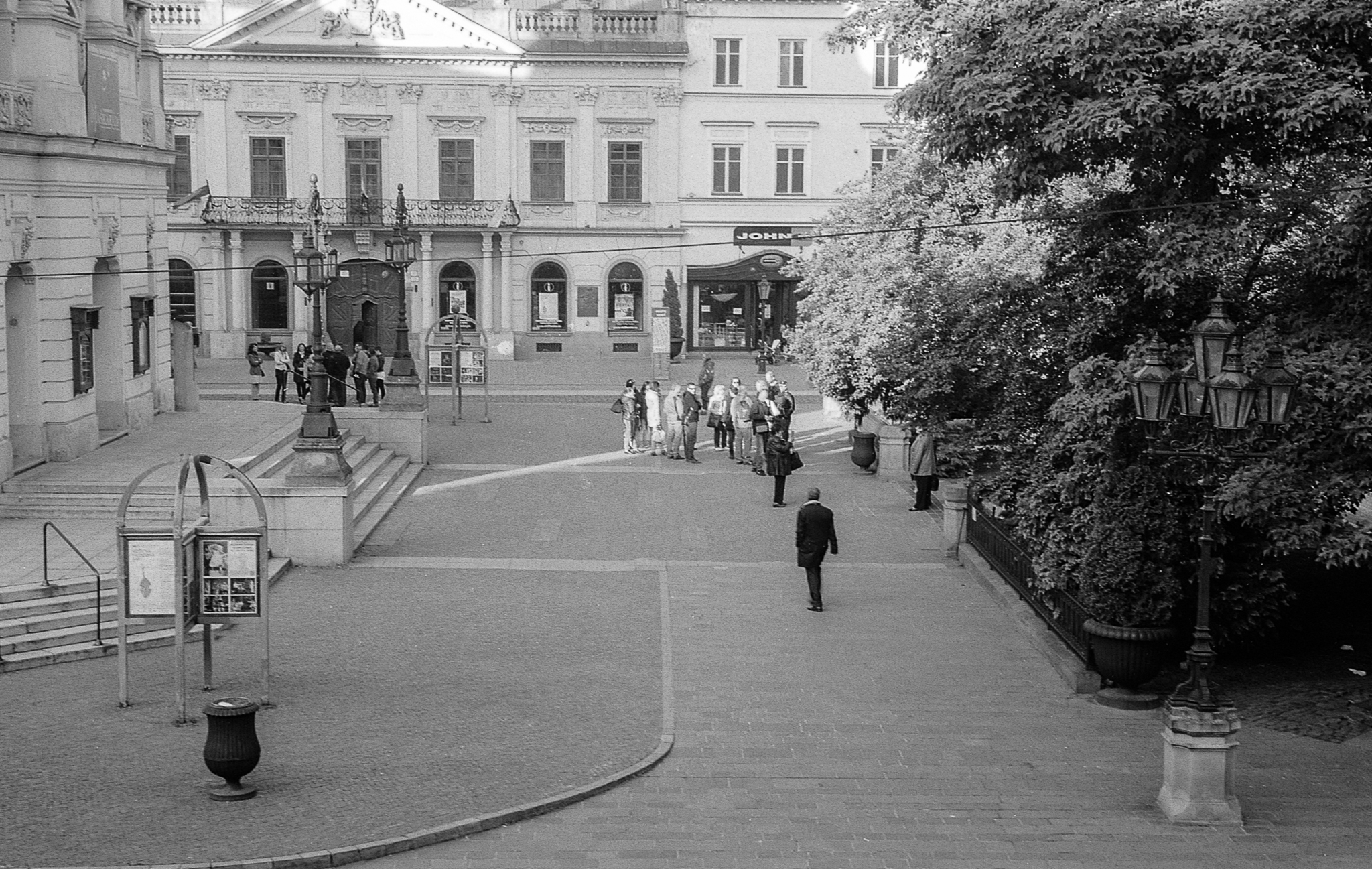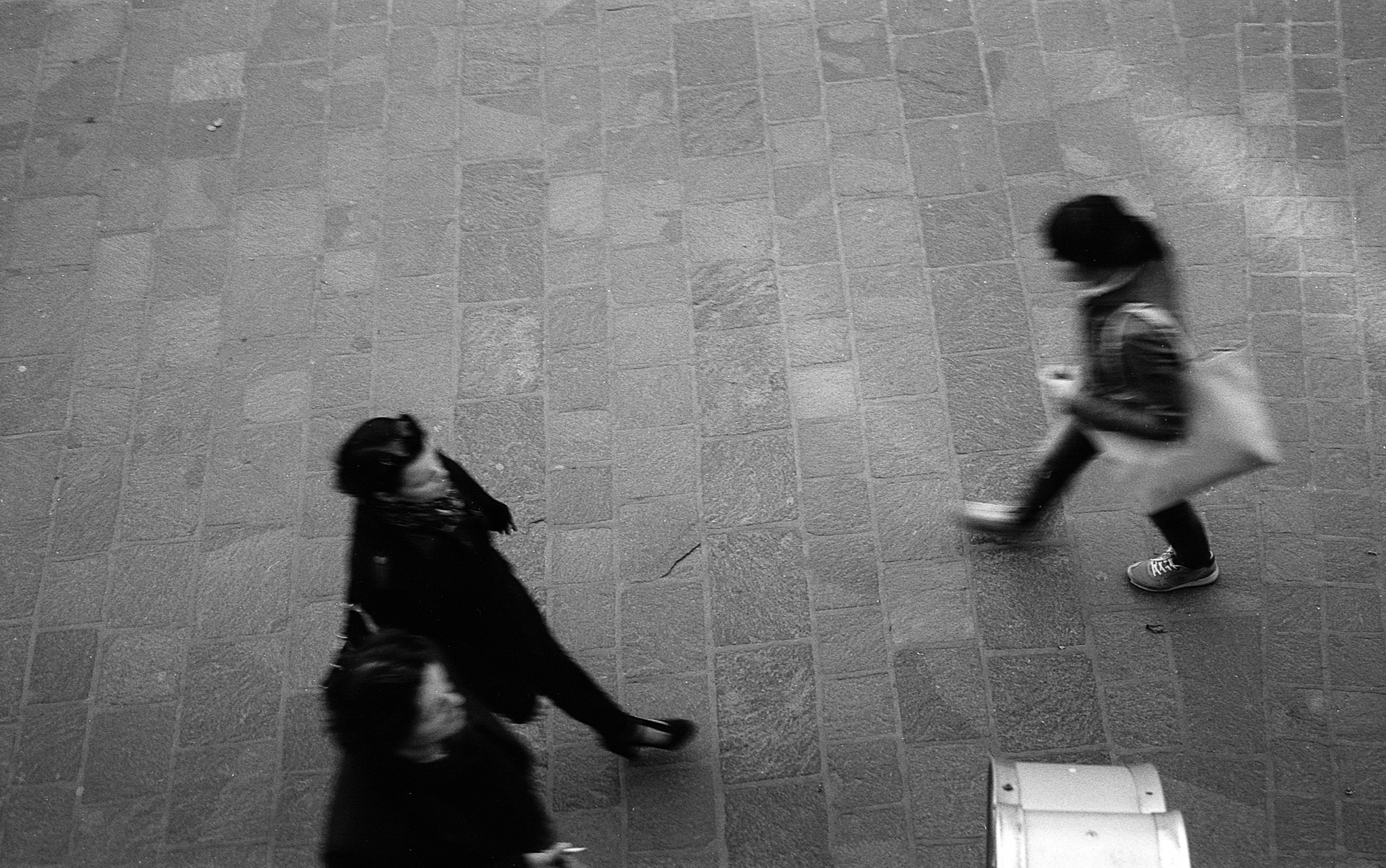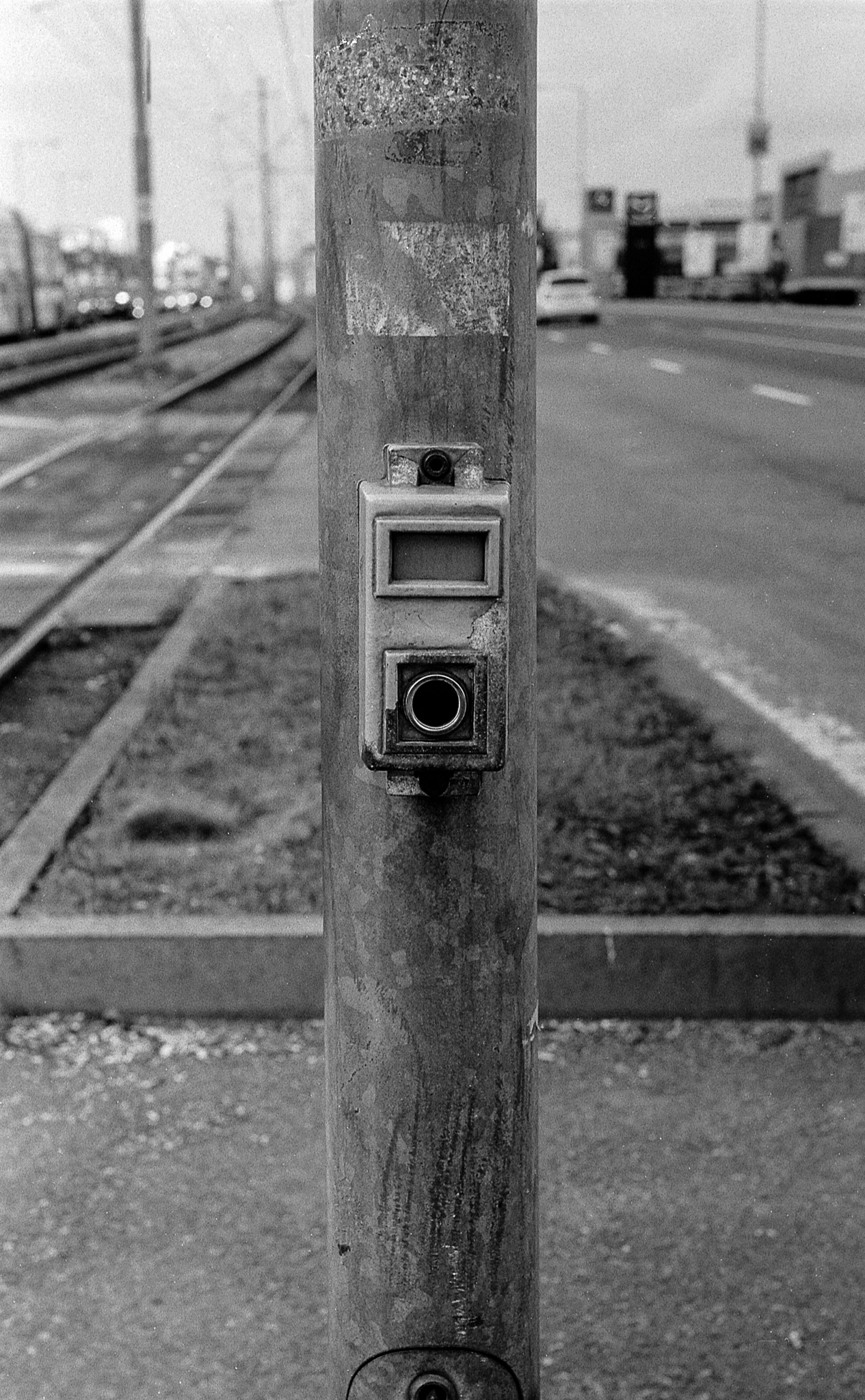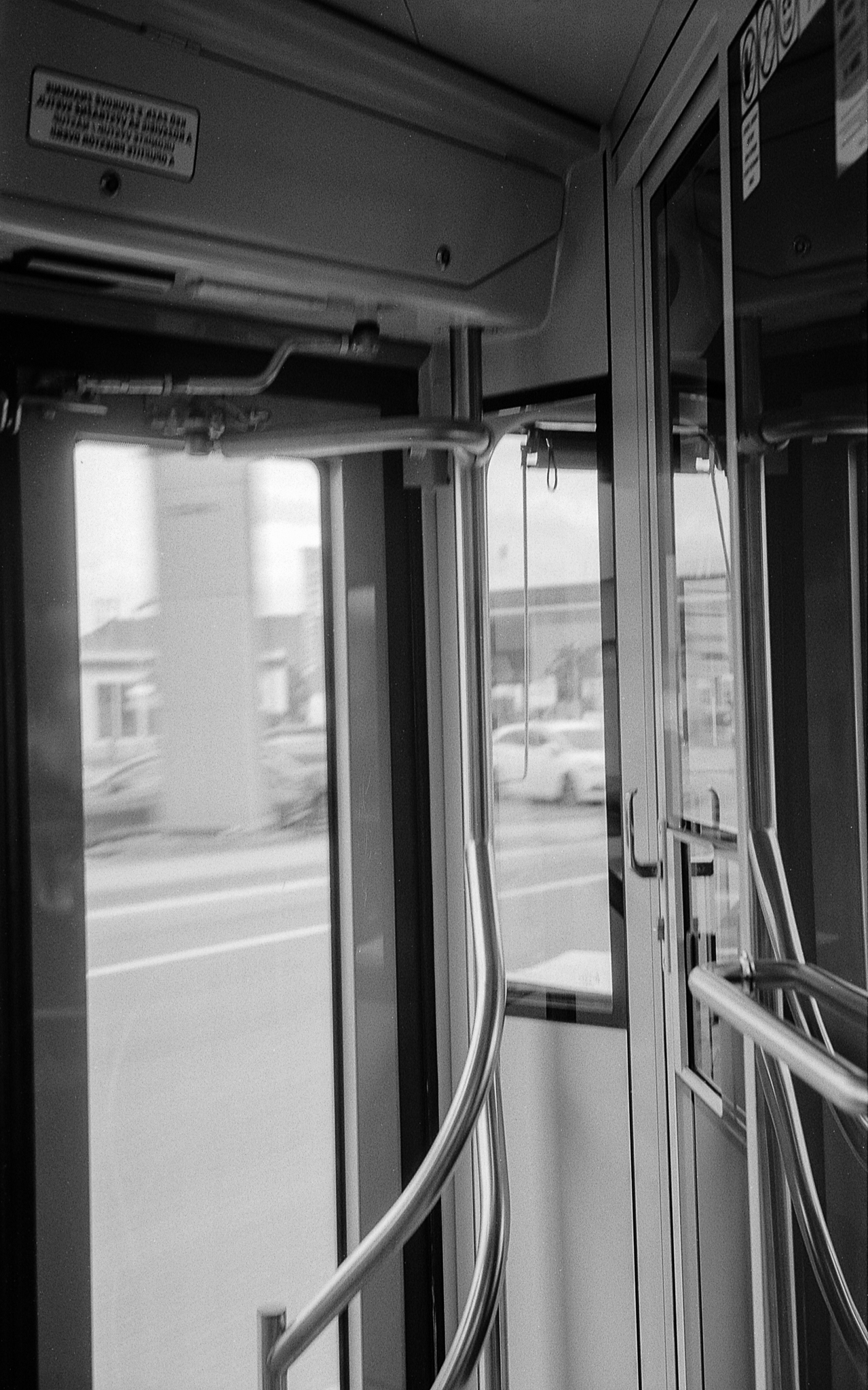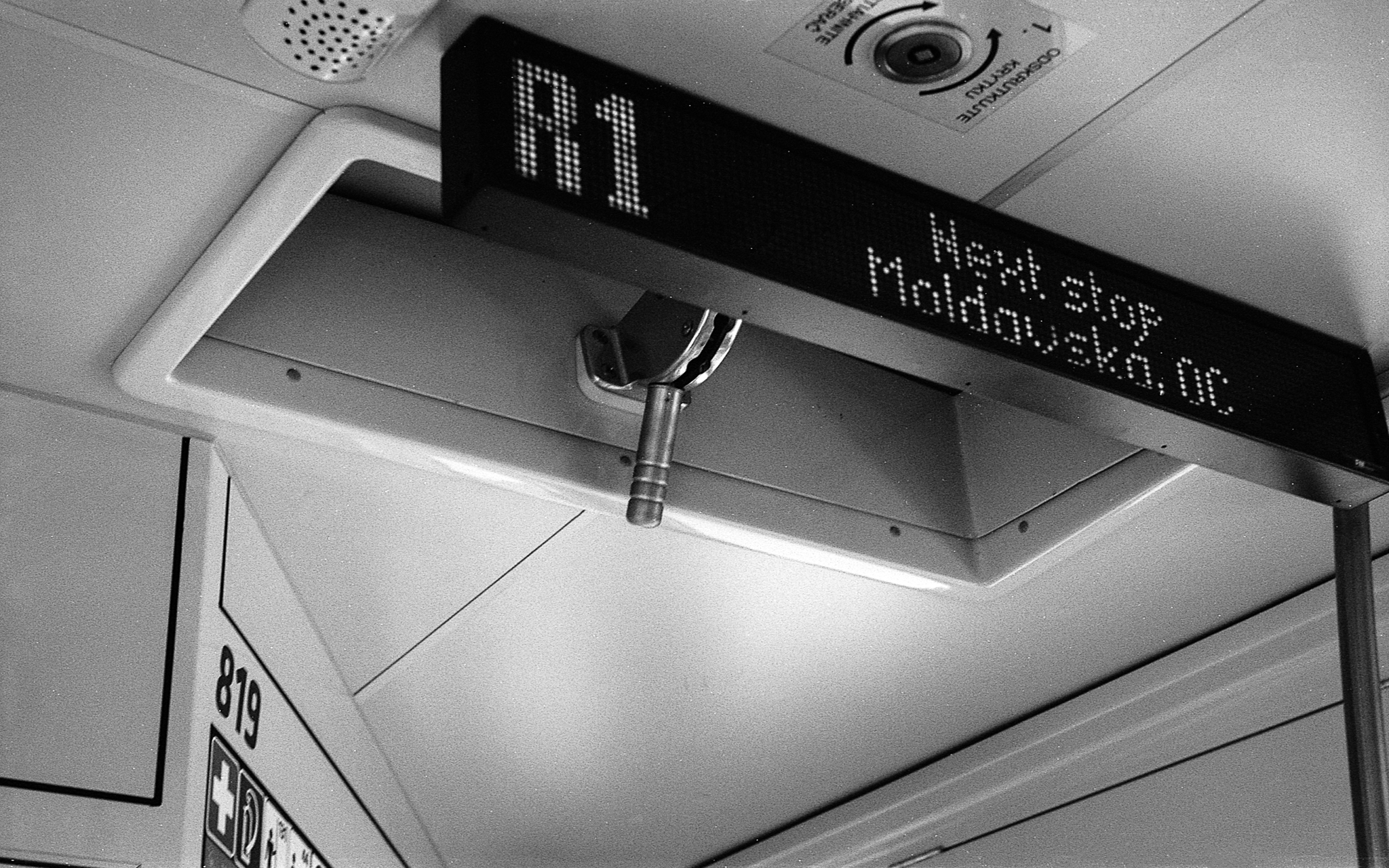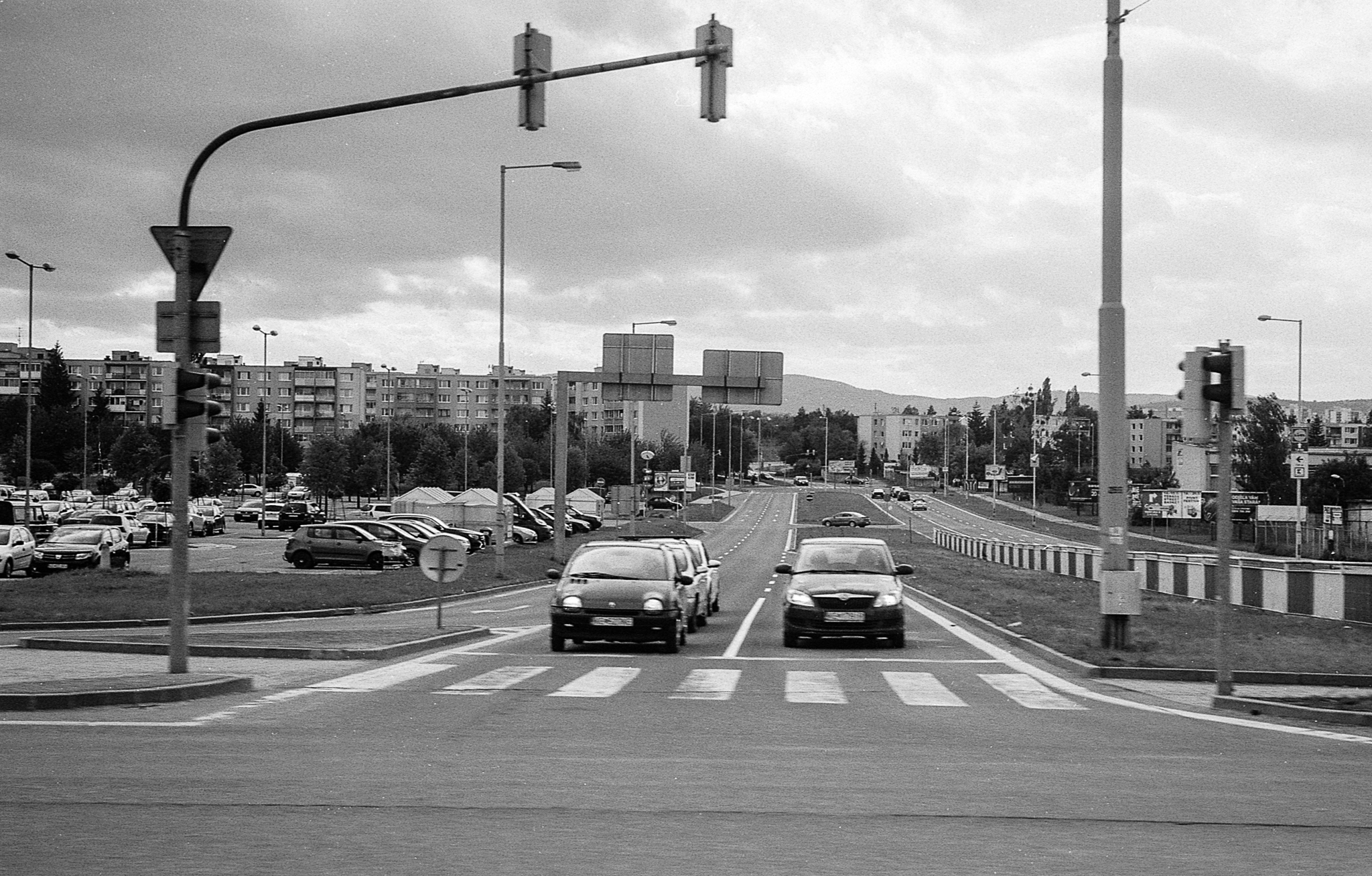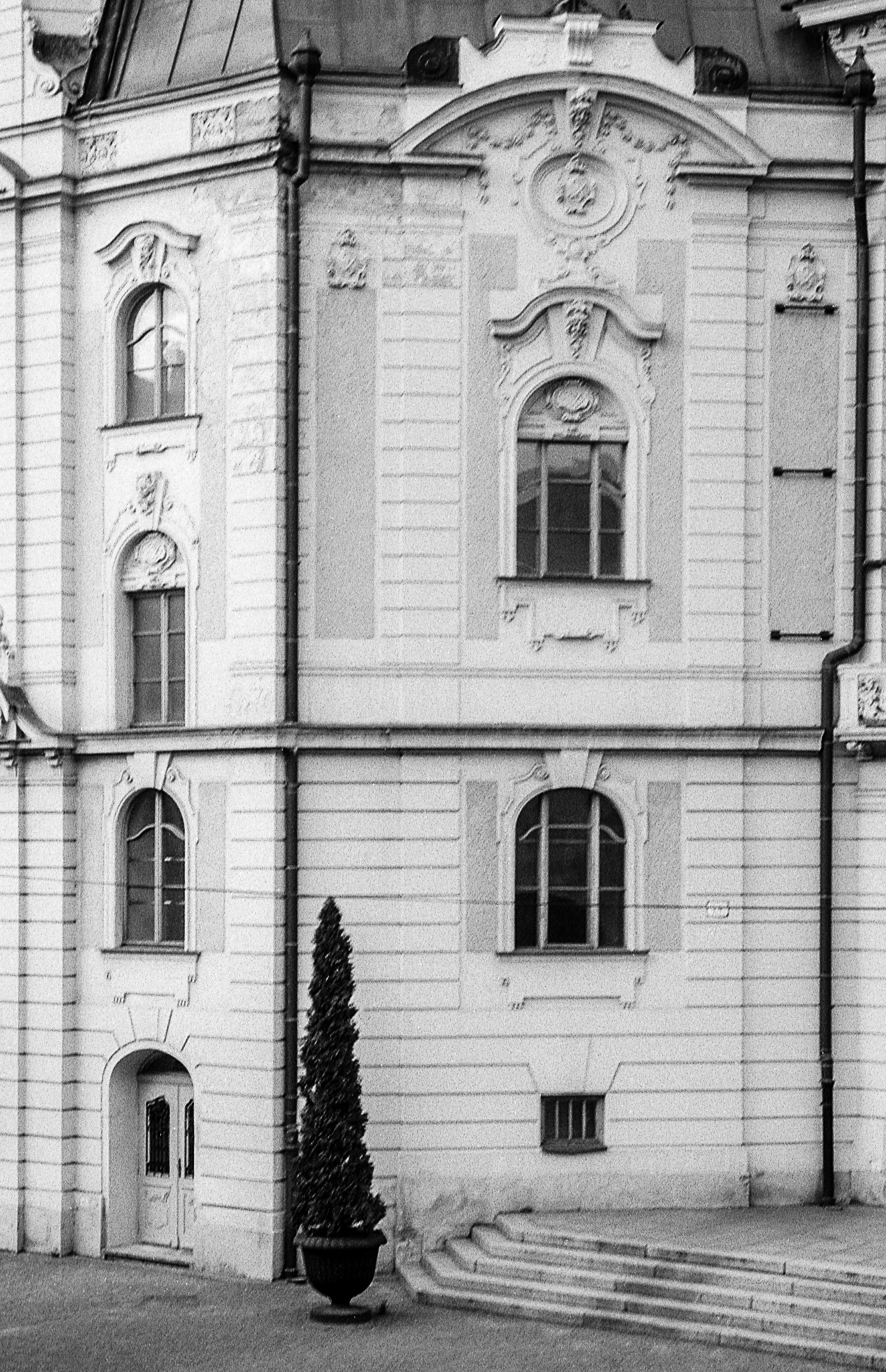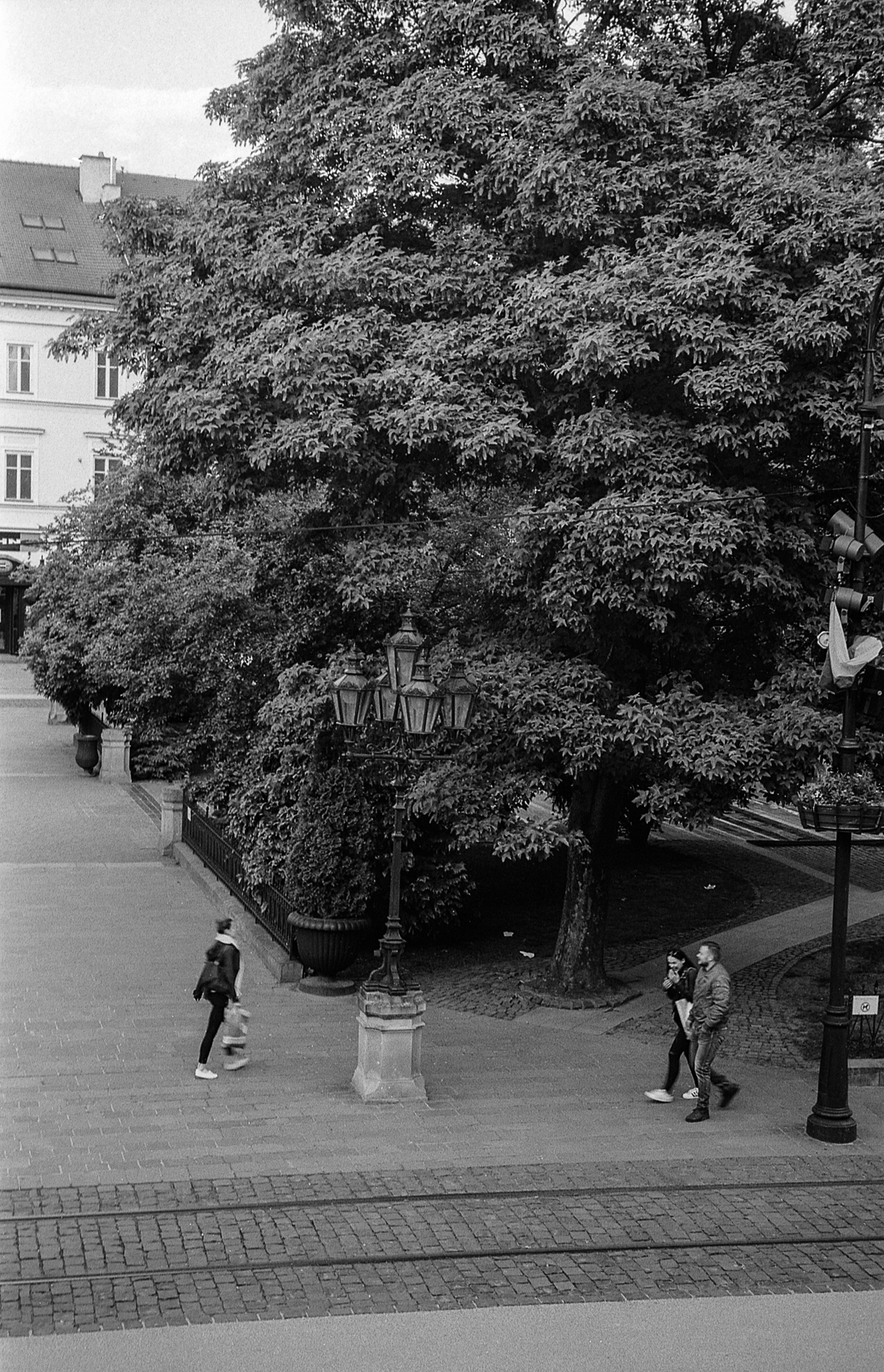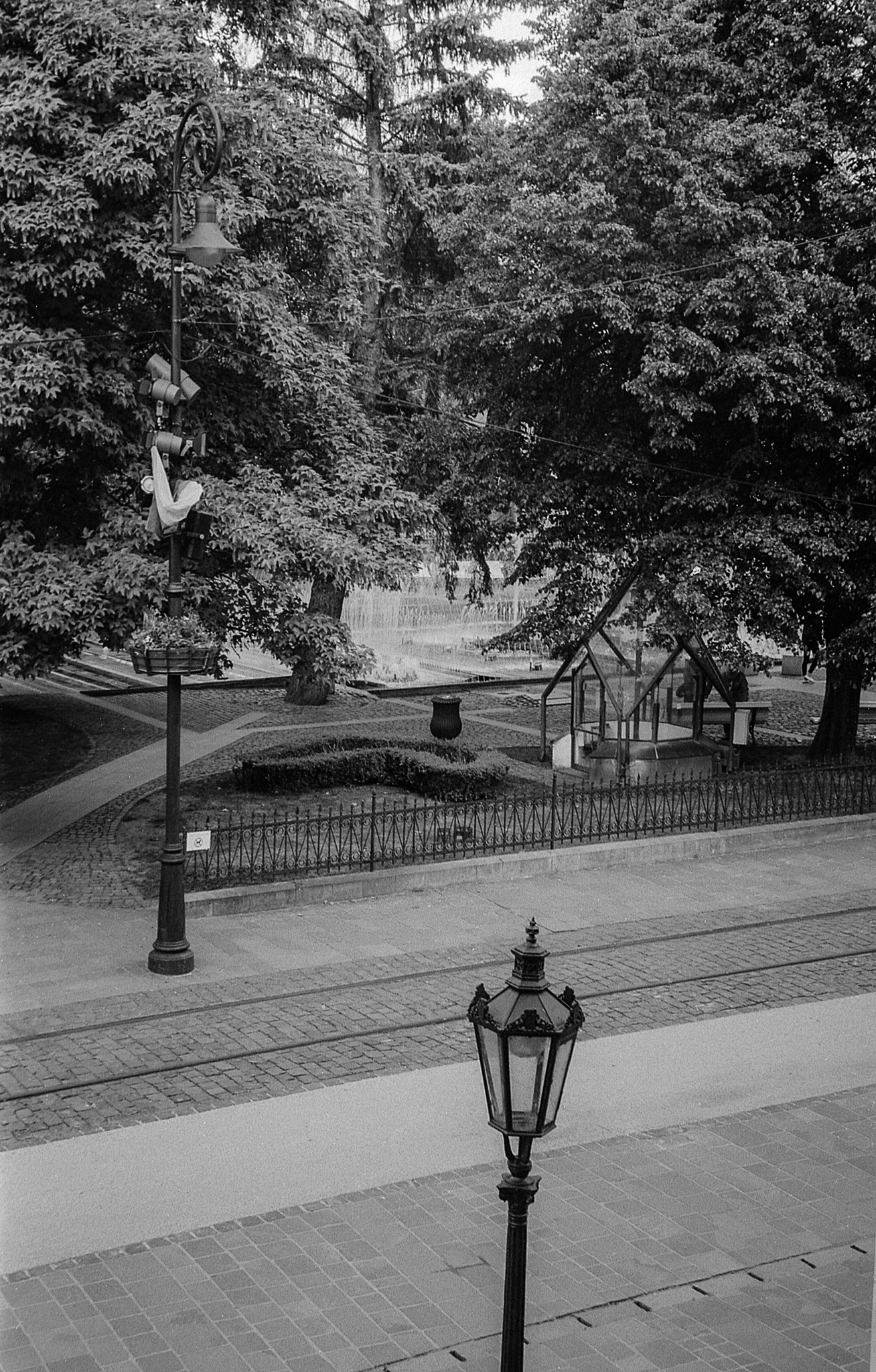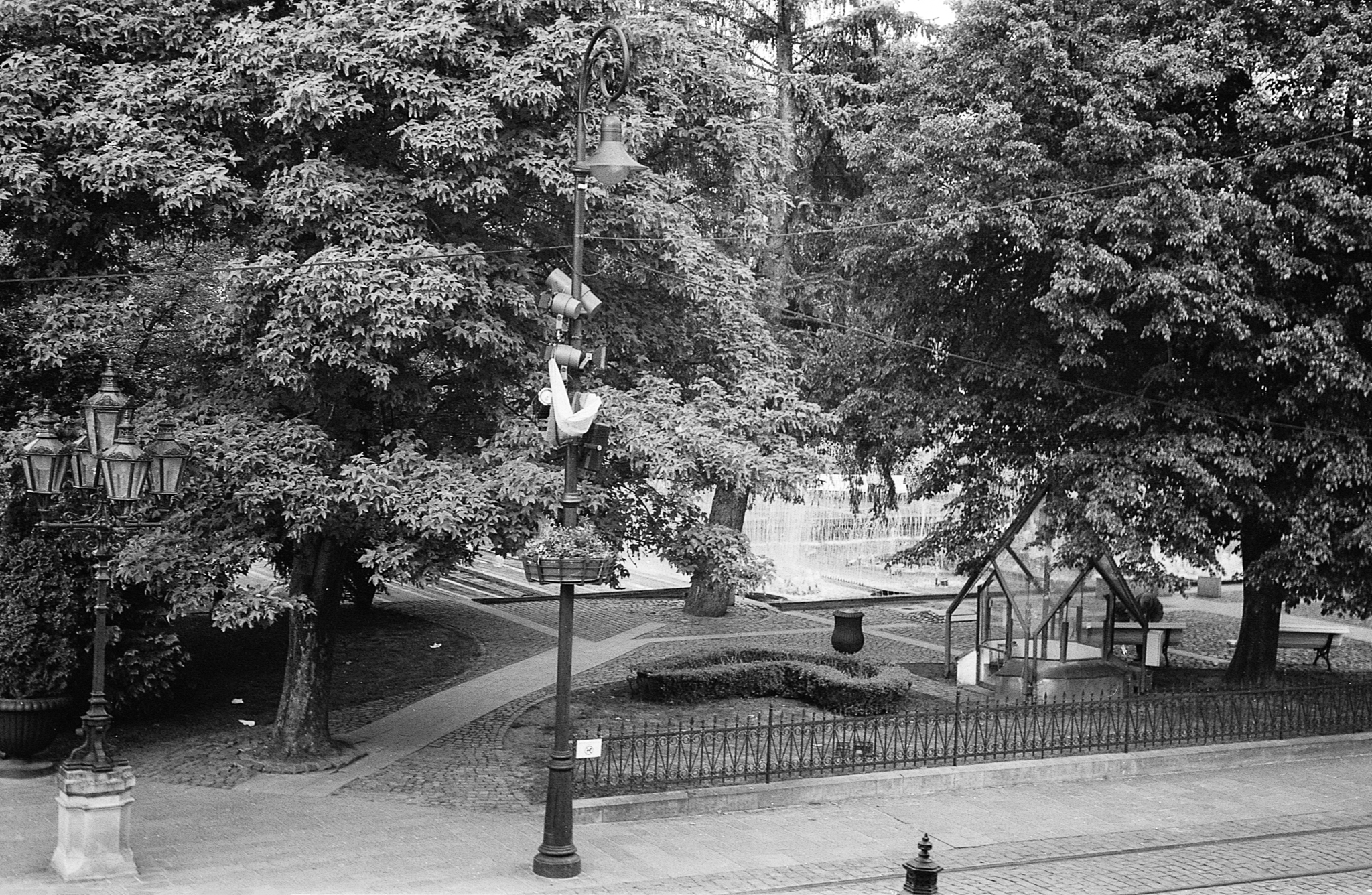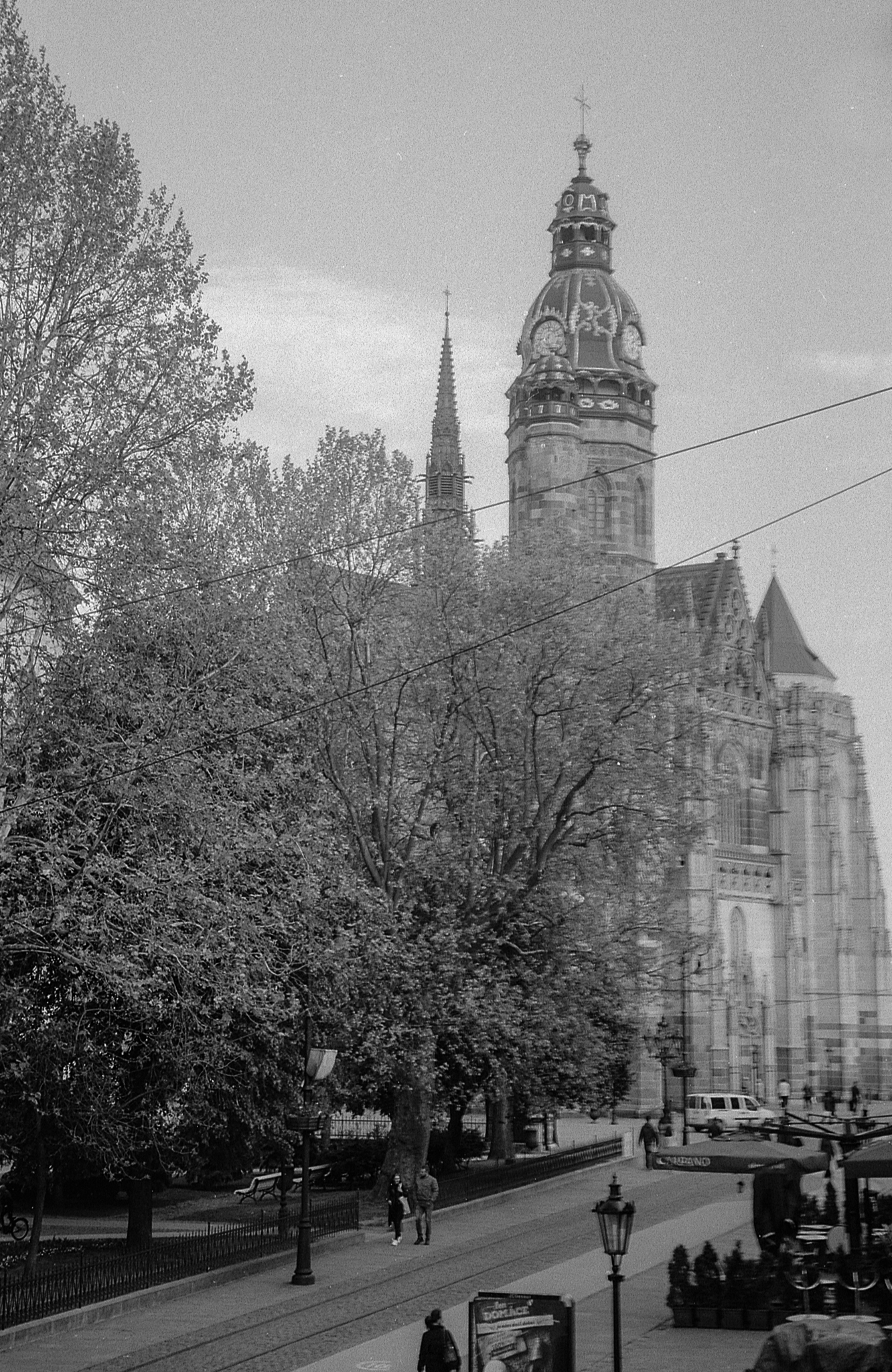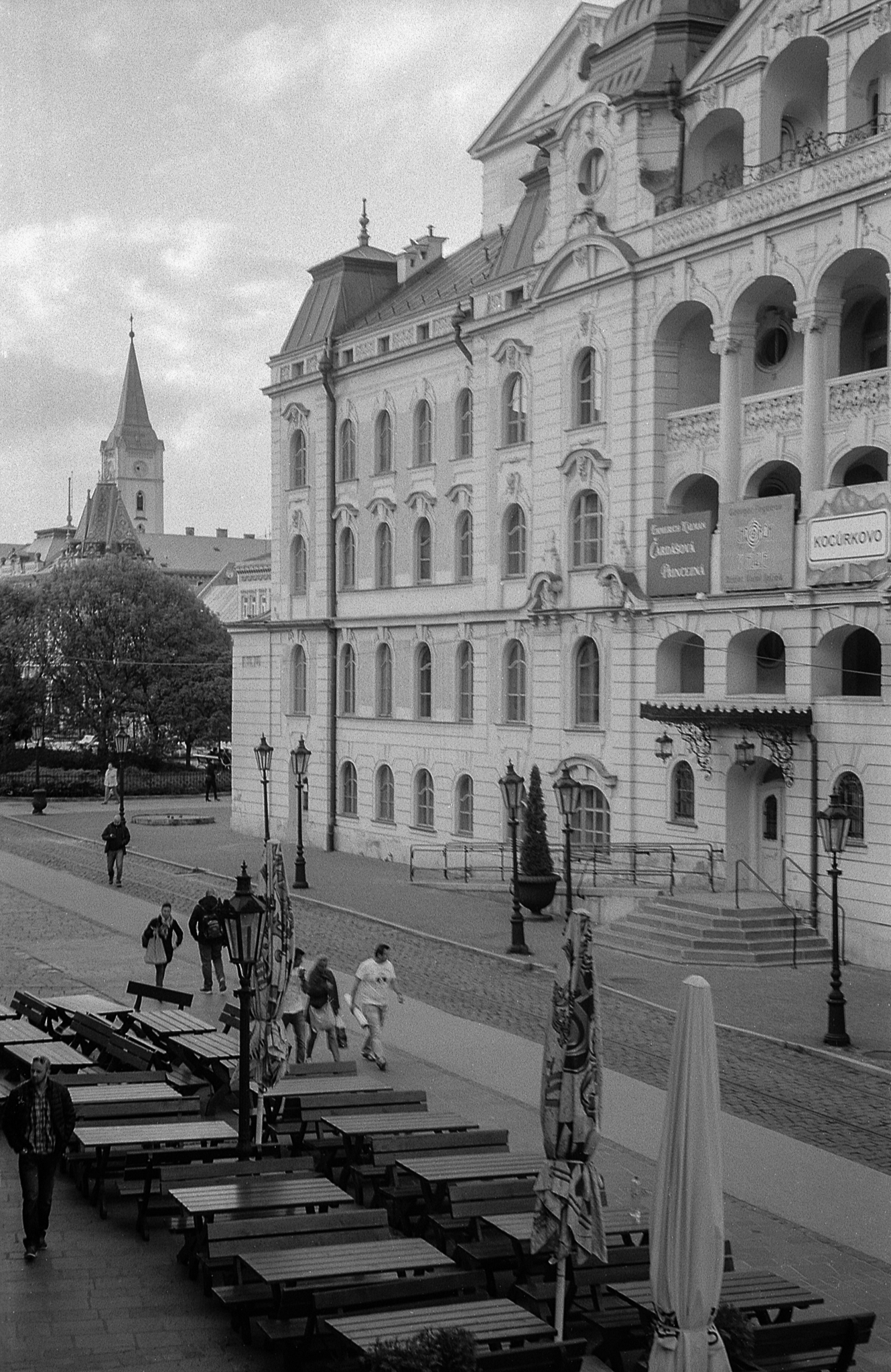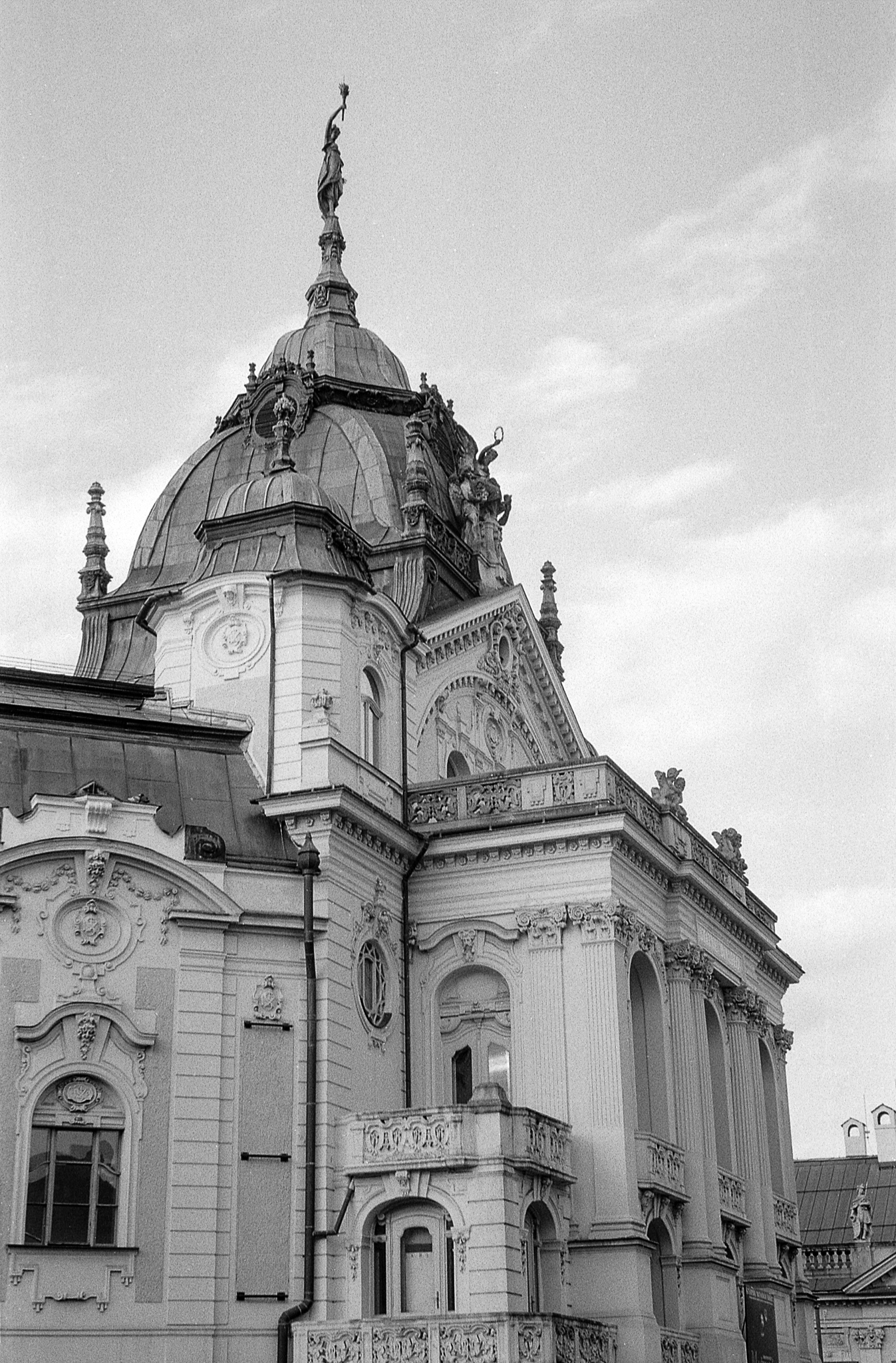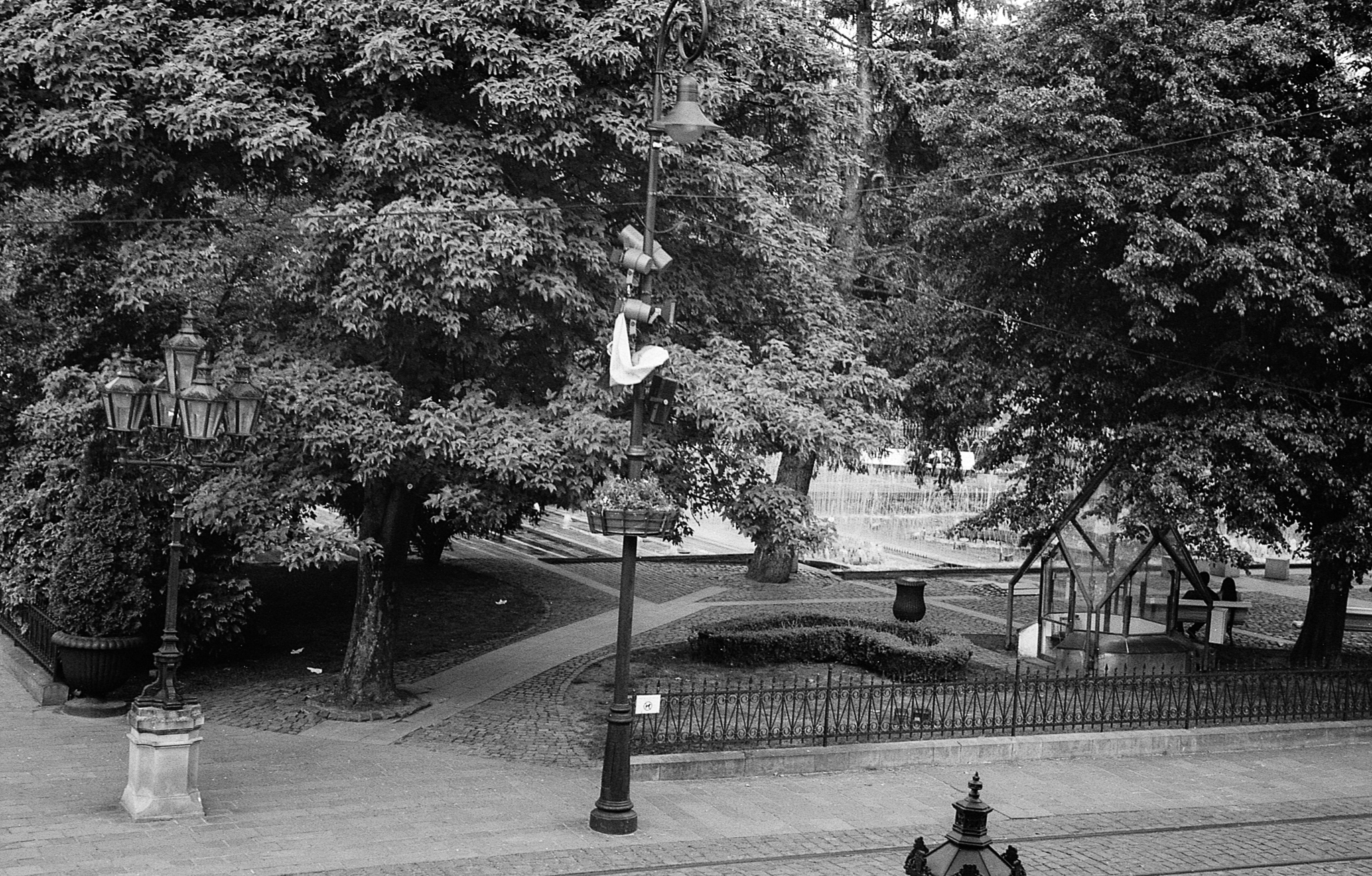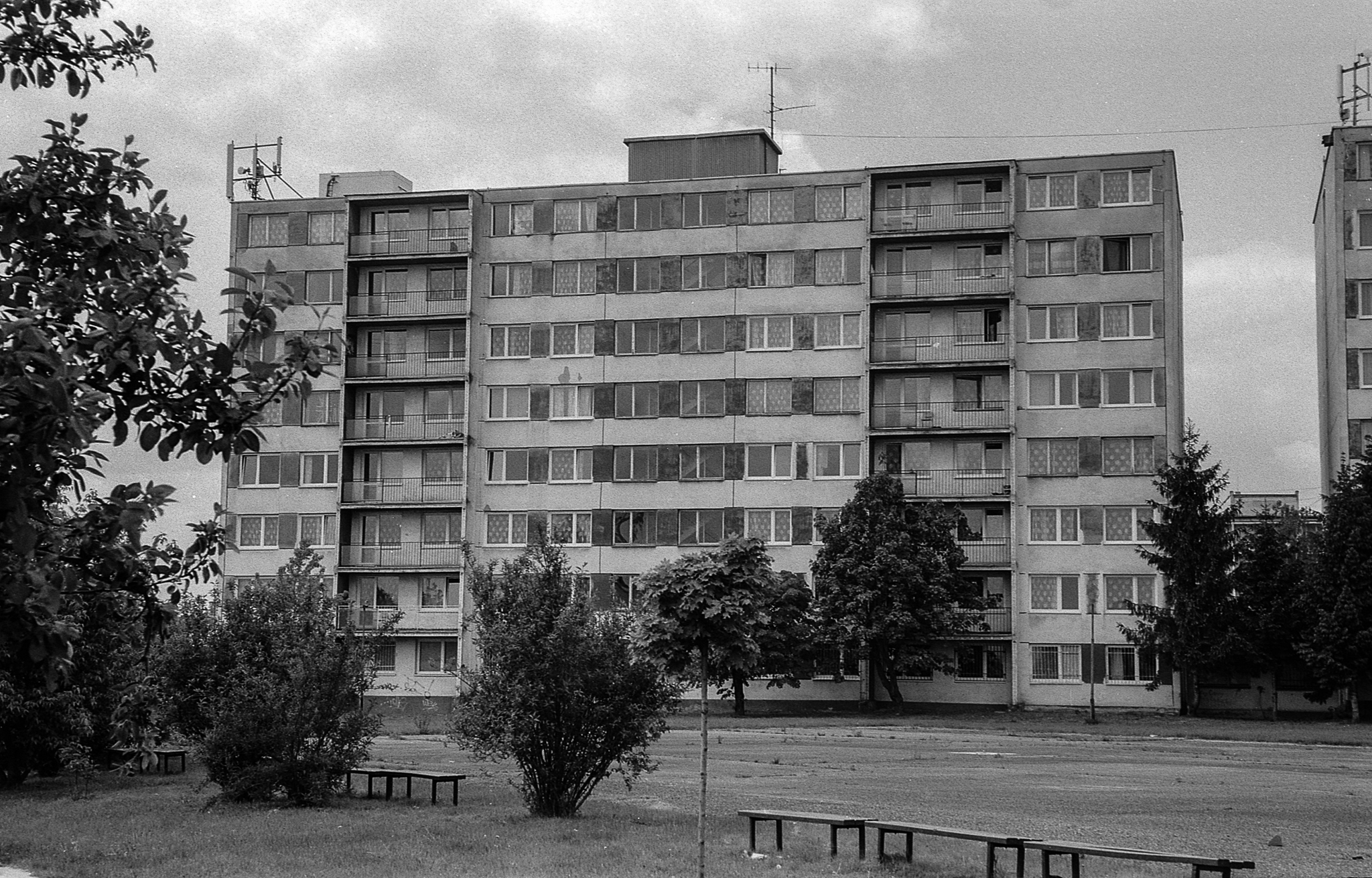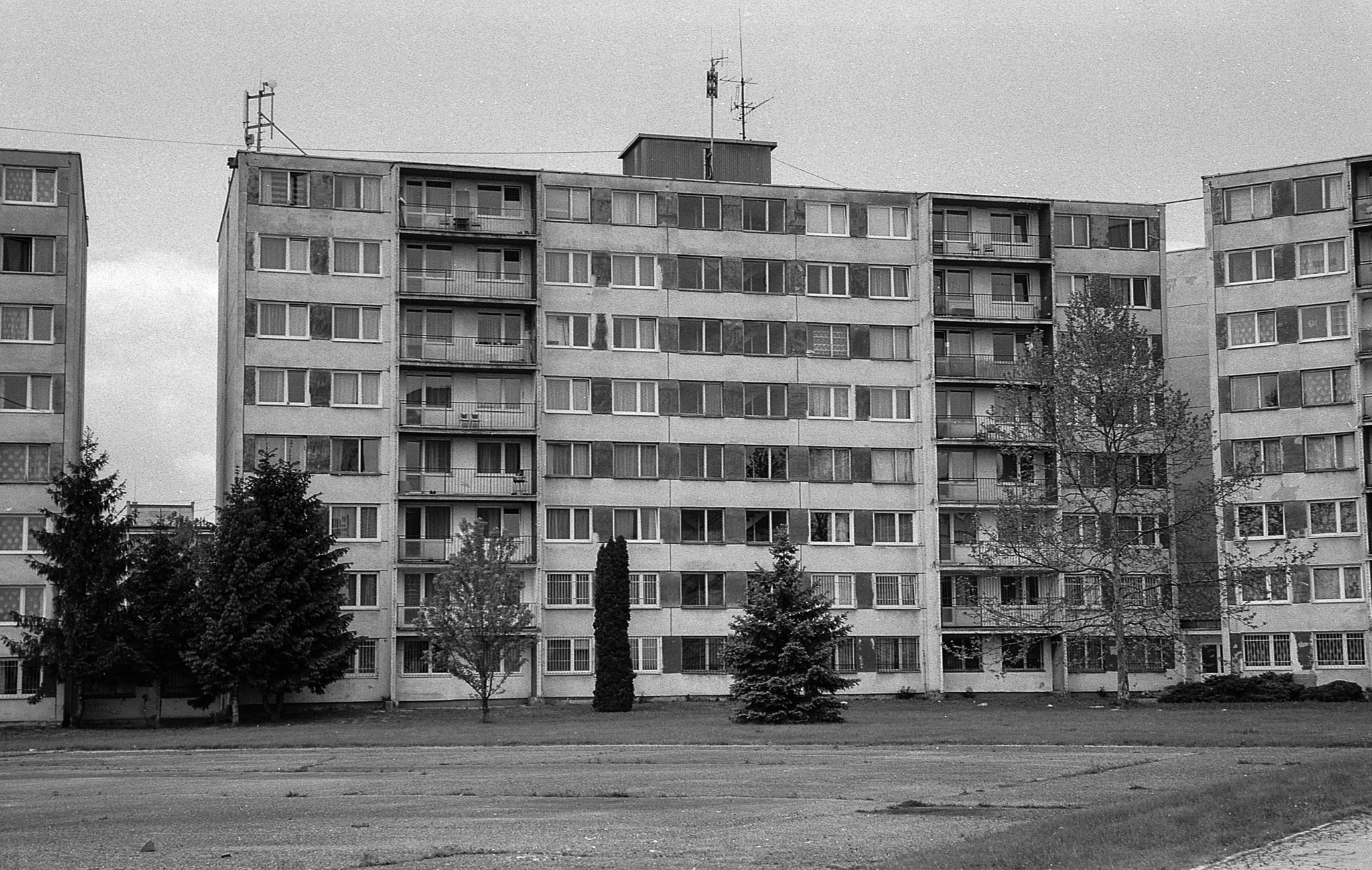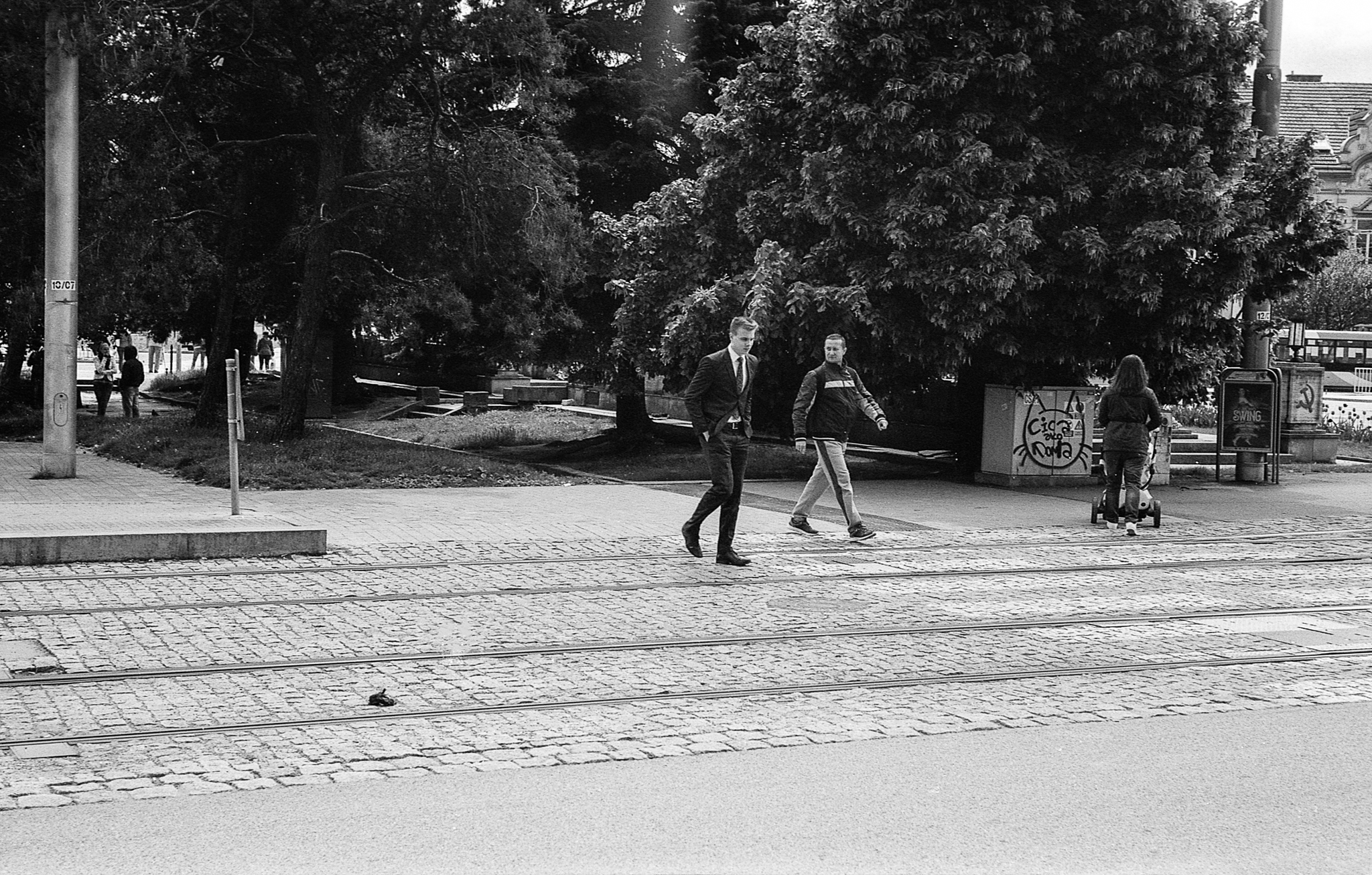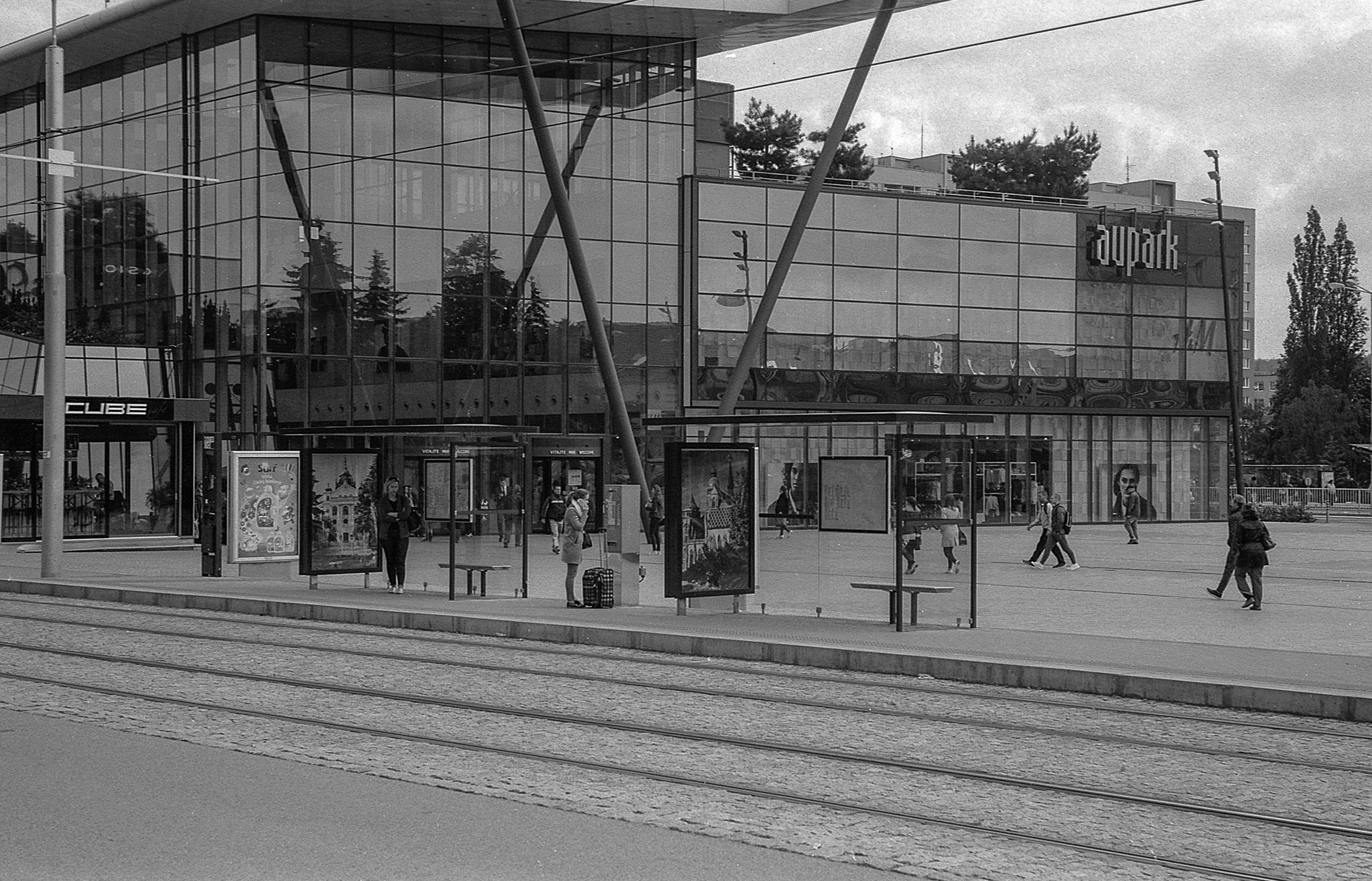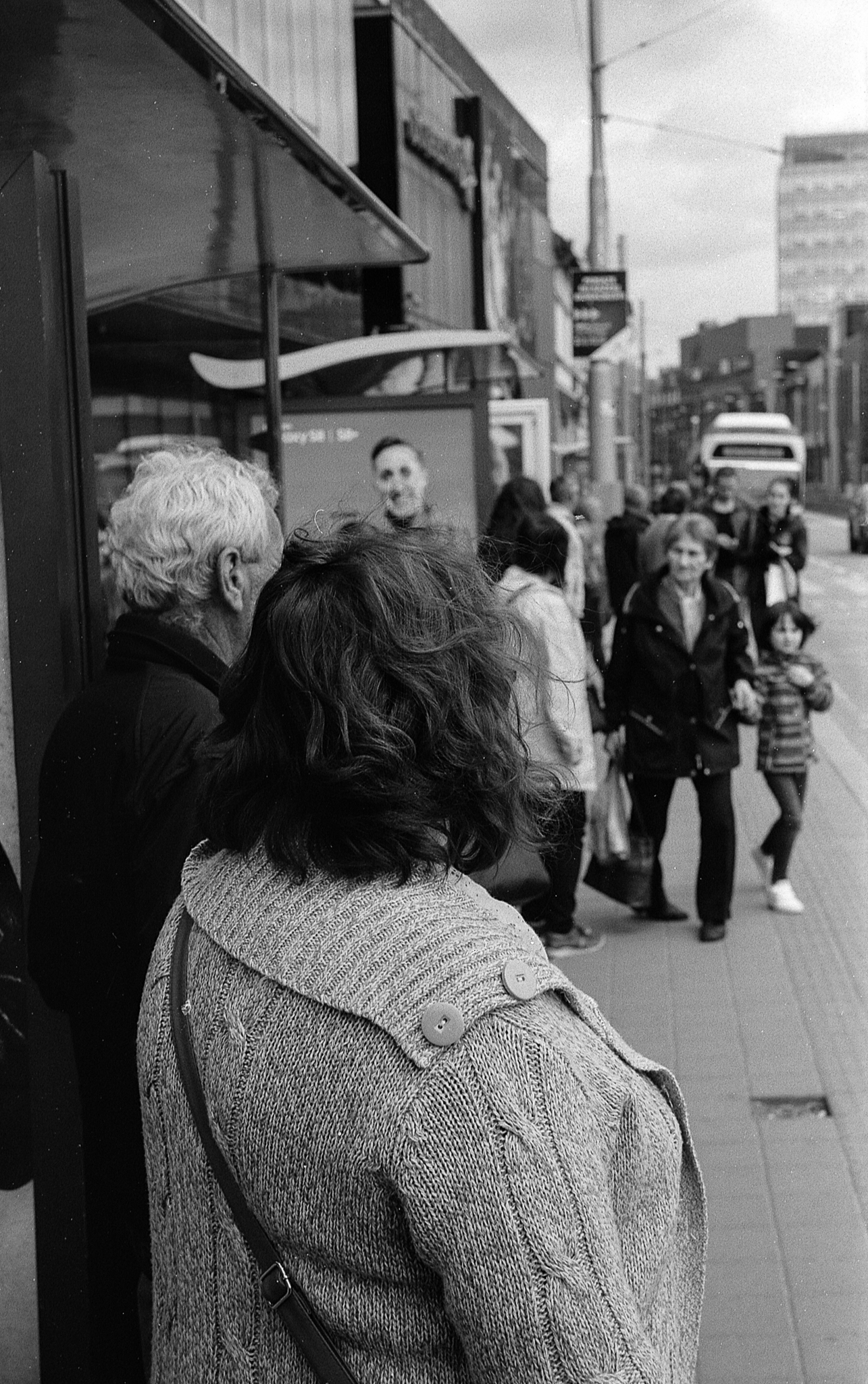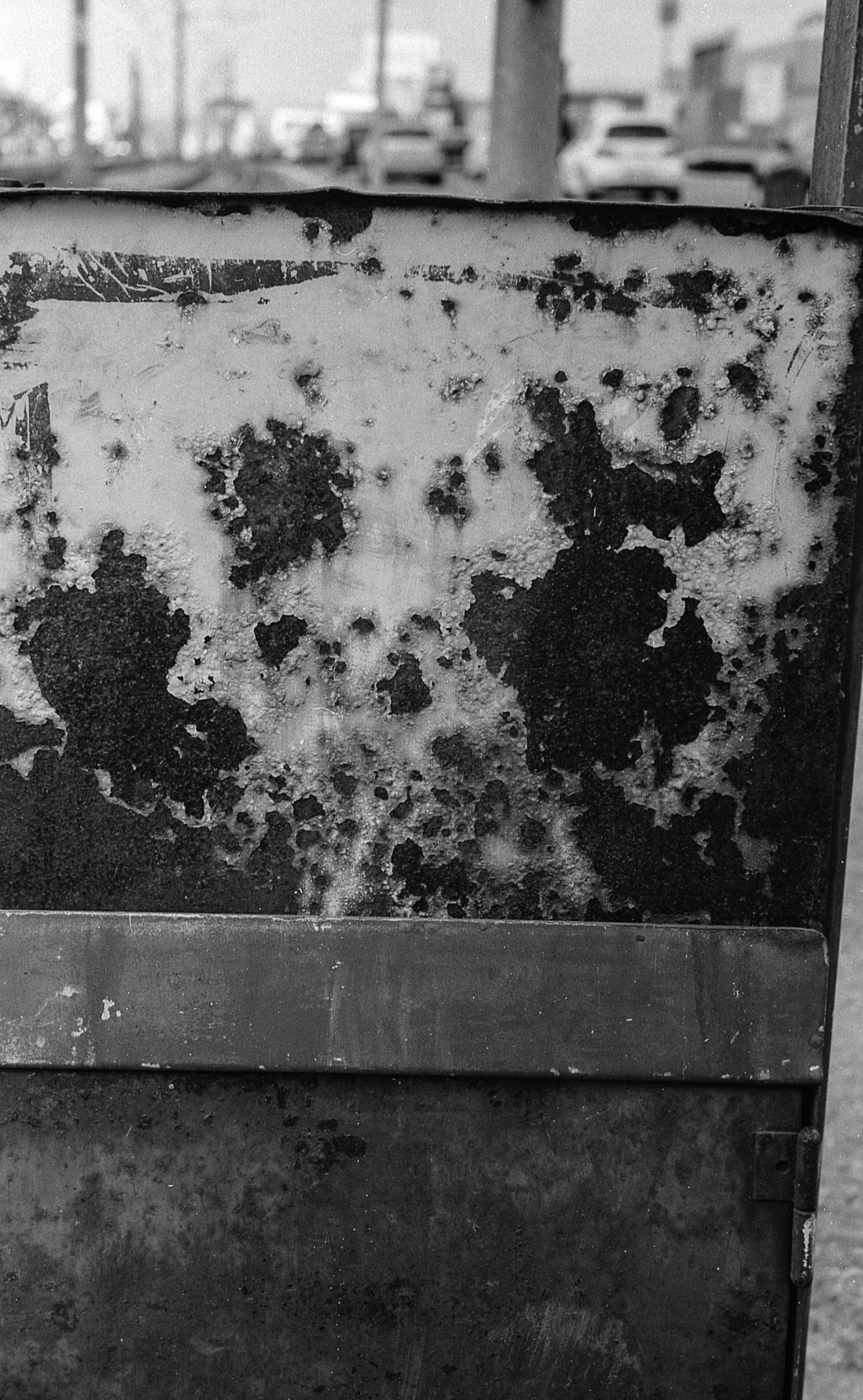 Just like the Kiev II, the Kiev 4 was a copy of the equivalent Contax model. Mostly, the differences from the previous model were minor, a redesigned shutter-speed/winding wheel and shutter release to make the whole thing lower profile was the main external change. The Kiev III had introduced a lightmeter and this was also present in the Kiev 4. Like most lightmeters of the time, it was powered by a selenium cell and was uncoupled. There is a small window on the top plate next to the accessory shoe which shows the optimal exposure plus some overexposure grades. You set the
Just like the Kiev II, the Kiev 4 was a copy of the equivalent Contax model. Mostly, the differences from the previous model were minor, a redesigned shutter-speed/winding wheel and shutter release to make the whole thing lower profile was the main external change. The Kiev III had introduced a lightmeter and this was also present in the Kiev 4. Like most lightmeters of the time, it was powered by a selenium cell and was uncoupled. There is a small window on the top plate next to the accessory shoe which shows the optimal exposure plus some overexposure grades. You set the

meter by turning a wheel until the needle is lined up and the read the speed off against the aperture on a scale engraved onto the lightmeter wheel. The cell is hidden behind a metal flap on the front plate to extend its life. You can open it to take a reading and then snap it closed again. Mine still works despite the camera’s age.

There’s also a flash sync socket on the front plate and the sprocket decoupling button as well as the film door catches are now recessed into the base. The kickstand from the earlier Kievs is gone too. Other than that, mechanically it’s the same as the previous models. It has the same vertical metal shutter and the same shutterspeed range from 1/1250 down to 1/2s. Again, you need to lift the winding wheel to select the shutterspeed, but the rewind wheel is now the lightmeter control and the rewinder has moved to a pop-up knob in the centre of that. Contax engineers really liked multifunction controls it seems.
Like the other Kiev rangefinders, it used the Contax bayonet mount instead of the far more popular m39 screw mount as used in Leicas and Leica clones. This mount is a really ingenious piece of engineering, as the whole assembly rotates when the lens focuses so you don’t accidentally unscrew the lens while focusing. As with the previous models, you can focus with the focus ring on the lens or with a wheel on the top plate of the camera body. My camera has a Iopiter-8M 50mm f/2 lens which is a Sonnar copy. It’s a decent lens  and, because the whole thing rotates when focusing, it has aperture scales engraved on both the top and bottom of the lens barrel. Just as with the previous versions, the rangefinder has a very wide track which allows very accurate focusing. The viewfinder is nice and bright and focusing is easy enough as long as you remember to keep your fingers away from the rangefinder window underneath the shutter release.
and, because the whole thing rotates when focusing, it has aperture scales engraved on both the top and bottom of the lens barrel. Just as with the previous versions, the rangefinder has a very wide track which allows very accurate focusing. The viewfinder is nice and bright and focusing is easy enough as long as you remember to keep your fingers away from the rangefinder window underneath the shutter release.
Despite the big bump on the top plate for the lightmeter, the camera isn’t much bigger than the Kiev II, it is significantly heavier however.
It’s a lot of fun to use and the rangefinder format makes it slightly more pocketable than an SLR without any appreciable downsides. If anything it’s slightly easier to focus than most of my SLRs. The lens focuses  from less than a metre all the way to 30m before it hits infinity focus and it’s optically very good at any aperture. The lens that came with this camera is actually ten years newer than the body but it is a type that was supplied with the camera when new.
from less than a metre all the way to 30m before it hits infinity focus and it’s optically very good at any aperture. The lens that came with this camera is actually ten years newer than the body but it is a type that was supplied with the camera when new.
Sample Images
